How did you know in 2007-2008 that a 4-year bear market was starting? Also, why did you extend the bear market from 4 to 6 years?
ANSWER:
The size and speed of the 2000-2002 stock market decline made it clear a “larger degree” correction had begun. That correction had to exceed the time of the prior bull market, which was from 1982 to 2000 (i.e., the correction staring in 2000 needed to last more than 18 years). As a result, by late 2000, I knew the S&P had begun a 20 (maybe 30) year correction!
Inside of that 20-30 correction, Wave-A bottomed late 2002; wave-B topped late 2007 (wave-B ended January 2008). After obtaining that information, projecting the ideal time for C-wave was easy. All I needed to do was apply the NEoWave TIME rules found in Chapter 9 of Mastering Elliott Wave (MEW). There I wrote, IF wave-B takes much more time than wave-A, the time of wave-C will equal half the total time of waves-A+B. In this instance, Wave-A took about 2.5 years; wave-B took about 5.5 years. Their combined times (8 years) divided by 2 yielded 4 years. So, that is how I initially knew (in mid January 2008) that wave-C would take at least 4 years.
Addressing your second question, what recent event forced me to extend the required time of this bear market? The shape of the correction, which started January 2008, is that of a Flat. Wave-b of that Flat takes far more time than wave-a; so, the time of wave-c will follow the same rules mentioned above (i.e., it will be about half of a+b). Small wave-a consumed about 1.25 years, and small b-wave took nearly 3 years. Adding the time of those two patterns and dividing by 2 yields 2+ years as the ideal time projection for wave-c. When applied to a recent chart, we can comfortably assume wave-c will end in early 2014.



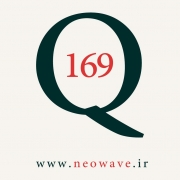
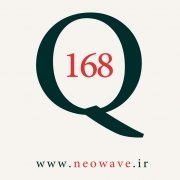
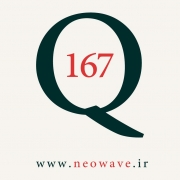
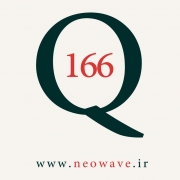
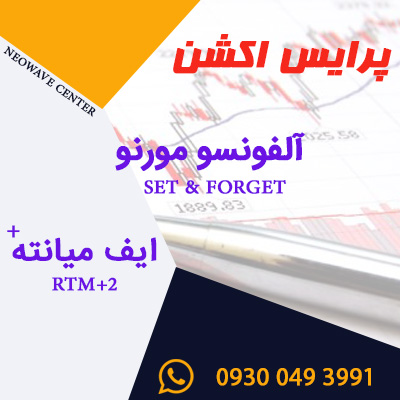
آخرین دیدگاهها